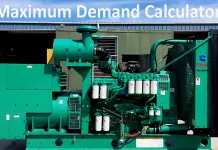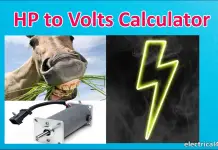An electrical grid is an interconnected network for delivering electricity from producers to consumers. It consists of generating stations that produce electrical power, high voltage transmission lines that carry power from distant sources to demand centers, and distribution lines that connect individual customers.
Power stations may be located near a fuel source, at a dam site, or to take advantage of renewable energy sources, and are often located away from heavily populated areas. The electric power which is generated is stepped up to a higher voltage at which it connects to the electric power transmission net.
The bulk power transmission network will move the power long distances, sometimes across international boundaries, until it reaches its wholesale customer (usually the company that owns the local electric power distribution network).
On arrival at a substation, the power will be stepped down from a transmission level voltage to a distribution level voltage. As it exits the substation, it enters the distribution wiring. Finally, upon arrival at the service location, the power is stepped down again from the distribution voltage to the required service voltage(s).
Electrical grids vary in size from covering a single building through national grids which cover whole countries, to transnational grids which can cross continents.
[wp_ad_camp_2]
Ref: https://en.wikipedia.org/wiki/Electrical_grid













Nice article